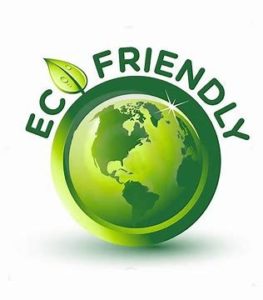Green Cleaning Methodology
 Brandon University applies a Green Cleaning methodology to all its campus cleaning activities.
Brandon University applies a Green Cleaning methodology to all its campus cleaning activities.
Best Practices for Green Cleaning
- Reduce energy and water consumption through intelligent equipment purchases and caretaking practices
- Reduce exposure of building occupants and Physical Plant Building Services Workers personnel to potentially harmful and hazardous contaminants that may adversely affect air quality, health, building finishes and systems and the environment
- Reduce the number of cleaning material products purchased and used thus reducing both waste and cost
- Support Waste Diversion
- Utilize Microfibre cleaning tool technology where applicable.
How to guides to deliver on these principles
Intelligent Equipment Purchases
- Vacuums, Carpet Cleaners, Burnishers, and Floor Scrubbers to operate at a sound level below 70dBa
- Vacuums, Carpet Cleaners, Burnishers, and Floor Scrubbers to have safeguards and be designed to ergonomically minimize vibration, noise and user fatigue
- Vacuums, Carpet Cleaners, and Burnishers have a 96% filtration
Cleaning Materials
- Have a neutral pH value (closer to 7) compared to those at extreme levels (closer to 1 or 14)
- Be readily biodegradable
- Have no or low VOC
- Have no or low levels of dyes and fragrances
- Have no carcinogens
- Have multiple uses and be able to effectively be used in cold water
- Be available in concentrates
- Use materials derived from renewable resources compared to those from non-renewable resources
- Have zero hazard rating HMIS (Hazardous Material Identification System)
- Have a high post-consumer recycling content
Microfiber cleaning tool technology
- Enhances cleaning power, cleans more effectively, reaching into surface pores and crevices, where cotton mop materials cannot
- Contributes to reducing chemical usage, microfiber mops use about 10-20 times less liquid than cotton mops, helping to reduce procurement costs. Very few microfiber applications require the use of chemicals
- Helps to increase productivity, by reducing effort.
- Assists in reducing cross-contamination.
- Can reduce the risk of worker injury, as they weigh much less than conventional mops, making them more ergonomic and easier to use.

You must be logged in to post a comment.